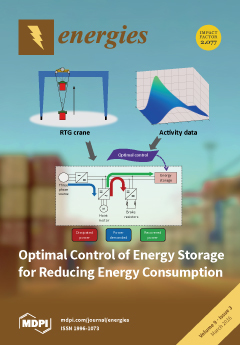To capture the hydraulic fractures in heterogeneous and layered rocks, a numerical code that can consider the coupled effects of fluid flow, damage, and stress field in rocks is presented. Based on the characteristics of a typical thin and inter-bedded sedimentary reservoir, China,
[...] Read more.
To capture the hydraulic fractures in heterogeneous and layered rocks, a numerical code that can consider the coupled effects of fluid flow, damage, and stress field in rocks is presented. Based on the characteristics of a typical thin and inter-bedded sedimentary reservoir, China, a series of simulations on the hydraulic fracturing are performed. In the simulations, three points,
i.e., (1) confining stresses, representing the effect of
in situ stresses, (2) strength of the interfaces, and (3) material properties of the layers on either side of the interface, are crucial in fracturing across interfaces between two adjacent rock layers. Numerical results show that the hydrofracture propagation within a layered sequence of sedimentary rocks is controlled by changing
in situ stresses, interface properties, and lithologies. The path of the hydraulic fracture is characterized by numerous deflections, branchings, and terminations. Four types of potential interaction,
i.e., penetration, arrest, T-shaped branching, and offset, between a hydrofracture and an interface within the layered rocks are formed. Discontinuous composite fracture segments resulting from out-of-plane growth of fractures provide a less permeable path for fluids, gas, and oil than a continuous planar composite fracture, which are one of the sources of the high treating pressures and reduced fracture volume.
Full article





